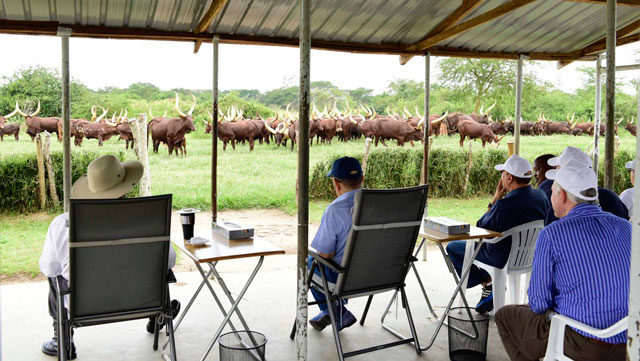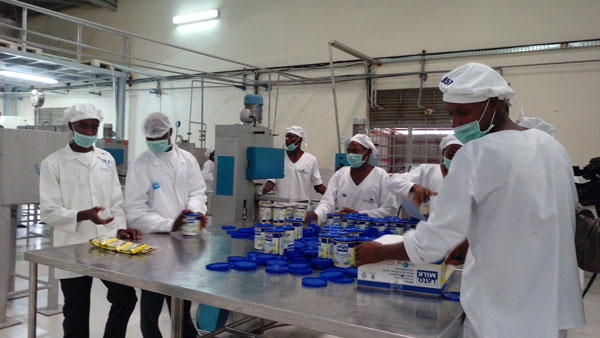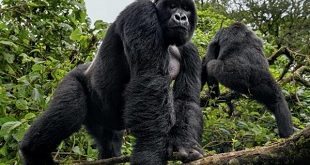
COMMENT: Why does the Uganda government not list the dairy sector as a priority in spite of the exponential export growth achieved?
Mbarara, Uganda | RINUS van Klinken | As the world celebrates June dairy month, Uganda has more reason than most countries to put the dairy sector in the limelight. A quiet revolution has drastically changed the face of the sector, making it one of the outstanding agricultural success stories. The dairy value chain ticks the boxes of the government policy promoting an increase in commercial farming, encouraging rural agro-processing and stimulating export. Yet, surprisingly, policy makers do not seem to be aware of their own success, ignoring opportunities for further growth.
One of the reasons that dairy has not yet been profiled by government as a growth sector in agriculture is the lack of data. Who is aware that dairy has developed into the third agricultural export commodity, after coffee and fish? And well ahead of such established export commodities as tea, tobacco and cotton? The Bank of Uganda website that records exports on a monthly basis, classifies dairy under ‘other commodities’, therefore masking its ‘steady progress’.
The emergence of dairy as a vibrant export sector is the outcome of a deliberate government effort; first by liberalising the sector and then by promoting foreign investment.
The privatisation of the Uganda Dairy Corporation in 2004 brought initially little change as the government monopoly in processing was replaced by dominance by one processor, Sameer (SALL). As recently as 2010, the Sameer factory with a processing capacity of 400,000 ltr/day still represented 90 % of the processed milk market in the country.
However, that has drastically changed in recent years. Two large processing factories have opened for business in southwest Uganda. Amos can process up to 300,000 litre of milk per day to make casein for the export market (mainly America), while Pearl Dairy has a capacity of 400,000 litre per day, exporting 90 % of its produce in the form of milk powder, ghee and UHT to Kenya, the Gulf and the Asian market. This explains the sudden surge in dairy exports.

Uganda has always been a net importer of dairy, with high end products (butter, cheese) in the supermarkets in Kampala imported from Kenya and Europe. With the two processors in southwest Uganda entering the market, as well as some local dairy processors also expanding, Uganda has become one of the few African countries that are net exporters of dairy products.
The export growth has been exponential, from a zero base as recently as 2007 to US$ 25 million in 2014 and then US$ 50 million worth of dairy products in 2015. While there are no reliable figures yet, the 2016 export can be estimated at US$ 80 million, with 2017 on course for further growth. If indeed the government is serious in aiming to attain middle income status, then in addition to relying on the usual suspects to propel the economy (oil, coffee, tourism), it would do well to take a look at the dairy sector.
When the Ministry of Trade, Industry and Cooperatives recently launched its strategy for increasing export it mentioned the traditional sectors (coffee, fish, tobacco, sugar, flowers and tea), but ruefully omitted dairy, even amongst its ‘medium priorities’ for export promotion.
 The Independent Uganda: You get the Truth we Pay the Price
The Independent Uganda: You get the Truth we Pay the Price



